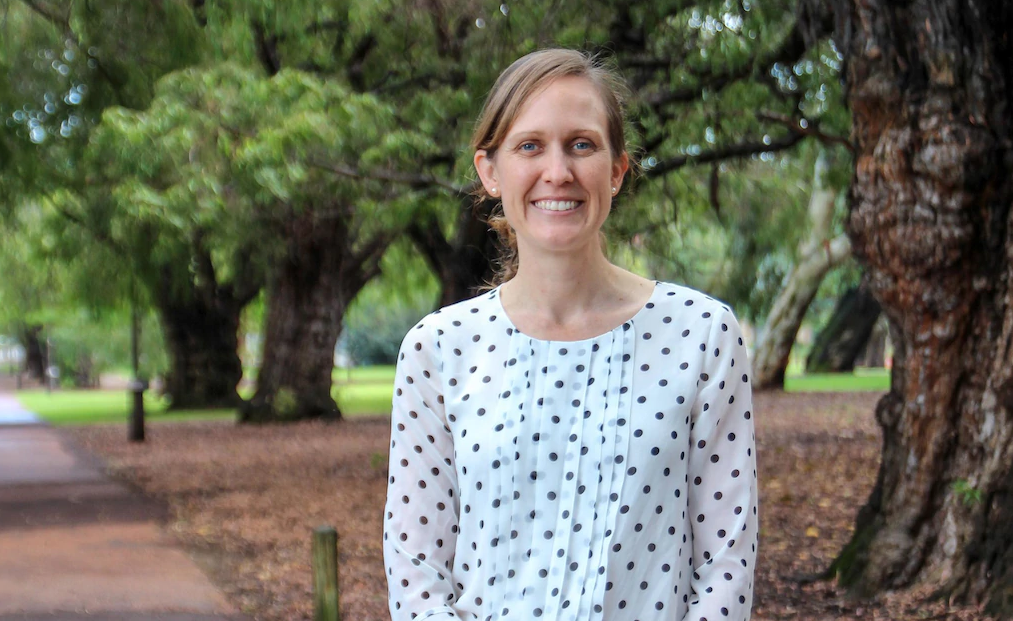Search
As Head of Aboriginal Research Development at Telethon Kids, Glenn Pearson believes his work brings us closer to identifying the real and whole Australian story


News & Events
World-first trial to seek child-specific treatments for dangerous bloodstream infectionsThe Kids Research Institute Australia, Perth Children’s Hospital (PCH) and the Peter Doherty Institute for Infection and Immunity (Doherty Institute) will spearhead the paediatric arm of a world-first global platform trial designed to uncover treatments for Staphylococcus aureus bloodstream infection.

News & Events
Shot in the arm for Strep A vaccine bidThe Leducq Foundation has bolstered an Australian-led bid to develop a Strep A vaccine, committing USD4.3 million to fund critical scientific work.

News & Events
Worried about your child getting coronavirus? Here’s what you need to knowComparatively few children have tested positive for coronavirus (COVID-19). Here’s what we know so far about how children are affected.
Research
Informing rubella vaccination strategies in East Java, Indonesia through transmission modellingA single dose of rubella vaccine will take longer to reduce the burden of rubella and will be less robust to lower vaccine coverage
Research
Nurses are underutilised in antimicrobial stewardship - Results of a multisite survey in paediatric and adult hospitalsNurses consider antimicrobial stewardship activities within their roles, but are underutilised in antimicrobial stewardship programs
Research
Effectiveness of rotavirus vaccines in an Australian population: A case-control studyRV1 and RV5 were both effective in preventing laboratory confirmed and notified rotavirus infections among children aged <5 years
Research
Mandatory vaccination and no fault vaccine injury compensation schemes: An identification of country-level policiesCountries that mandate childhood vaccination without providing no fault compensation schemes could be seen as abrogating the social contract
Research
Paediatric antimicrobial stewardship and safe prescribing: An assessment of medical staff knowledge and behaviourParticipants demonstrated a good understanding of safe prescribing and antimicrobial stewardship
